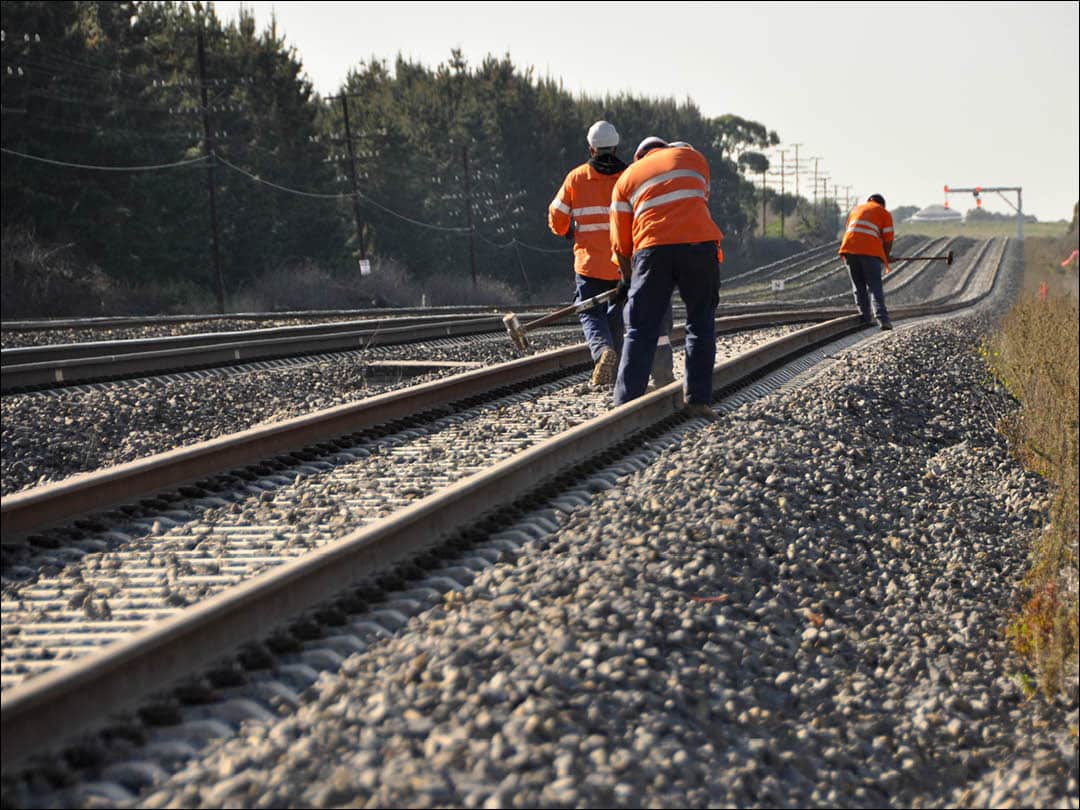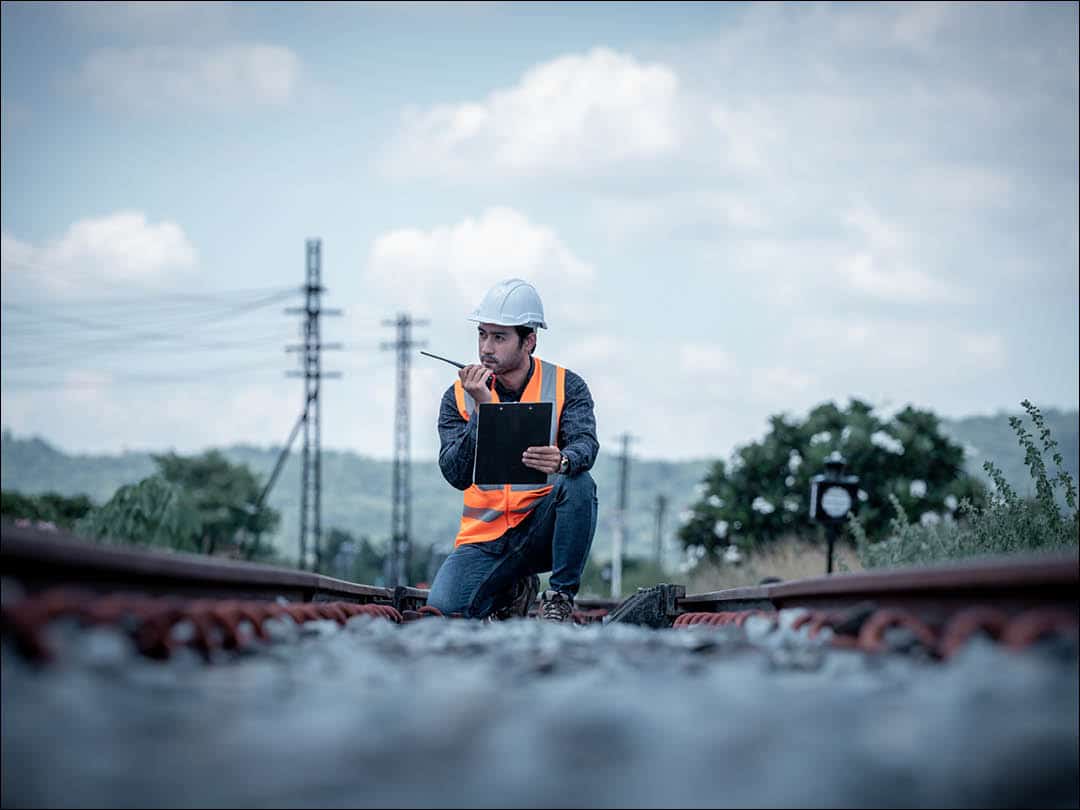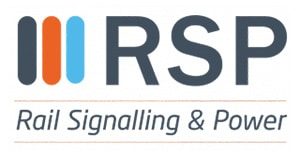What are the GRIP stages of network rail?
What is GRIP?
GRIP stands for Governance for Railway Investment Projects. GRIP is used to describe how Network Rail manages project delivery of projects within the national rail network.
GRIP focuses on projects which enhance or renew the national rail network as opposed to those involved with routine maintenance of the railway and was developed in order to minimise and mitigate the risks associated with delivering such projects .
The overall approach is product rather than process driven and within each of they key stages of GRIP an agreed set of products are delivered.
What are the stages of the GRIP process?

There are eight distinct stages of the GRIP process:
- Output definition
- Feasibility
- Option selection
- Single option development
- Detailed design
- Construction, test and commission
- Scheme handback
- Project close out
We will look at each of these distinct stages in more detail below.
GRIP Stage 1: Output definition
This is where the needs and requirements of a project are defined.
GRIP Stage 2: Feasibility
The feasibility stage assesses whether the outputs can be delivered economically and in line with current network proposals/strategy.
The timing and specification, funding and any risks, procurement methodology, clashes with existing railway operations/projects and route strategies and other stakeholder involvement are assessed to establish the scope of investment and identify any constraints.
GRIP Stage 3: Option selection
At the end of stage 3 the most appropriate and economically viable option that delivers all the requirements is selected. From stage 3 this single option and outline design should be recommended and taken forward.
GRIP stage 4: Single option development
By the end of stage 4 of the eight distinct stages, a design outline for the recommended option from stage 3 is complete. Any technical or legal issues that could cancel an option or a project should have been identified by this point.
GRIP stage 5: Detailed design
The full, robust engineering design is produced along with the detailed costings and time estimates that go with the project delivery.
GRIP stage 6: Construction, test and commision
The project is built as per the specification detailed in stage 5. It is then tested to ensure that everything is working as it should be and then commissioned into use.
GRIP stage 7: Scheme handback
Network Rail, the train operator, maintenance team and other relevant authorities are engaged to receive ownership of the project, now called an asset.
GRIP stage 8: Project close out
At the end of GRIP stage 8 of the Governance for Railway Investment Projects the project will be formally closed by the project team.
The contracts must be settled, warranties agreed and benefit assessments begin.
Moving from GRIP to PACE, what has changed?

GRIP, the tool currently used to manage delivering railway investment projects in Network Rail, is seen as too rigid and can often lead to unnecessary delays. Network Rail are replacing GRIP with PACE, a new tool that allows project managers to adapt their approach, make decisions that best meet the needs of their project and overlay stages while maintaining rigour.
PACE stands for Project Acceleration in a Controlled Environment (PACE), an approach that Network Rail have developed to manage projects in order to minimise the risks associated with project development and delivery. It is a more flexible control framework compared to GRIP and allows sponsors and project management to tailor controls to better meet the requirements of their project.
After being approved in November 2020, PACE has been applied to projects since January 2021.
PACE – an integral part of SPEED

Project SPEED (Swift, Pragmatic and Efficient Enhancement Delivery) is a joint initiative between the Department for Transport and Network Rail. It is an outcome of the Government’s Covid-19 recovery plan, helping to deliver public investment projects more quickly and at a reduced cost.
According to Network rail, the aims of project SPEED are:
- Outcomes focused – What needs to change to deliver the best value outcome for passengers?
- Accountable and empowered – What can we do to help passengers more? Getting it right first time.
- Integrity and trust – Can we work better together to improve the passenger experience?
- Service focus – Support each other and the passenger experience.
The stages of PACE
PACE is divided up into five main stages for efficient enhancement delivery of rail infrastructure:
- project initiation
- development and project selection
- project design
- project delivery
- project close
These stages are similar to GRIP process but effort has been made to reduce the control on projects so as not to add excessively to the time estimates whilst still maintaining the rigour of the design and implementation process.
With the more effective use of resources, and greater collaboration between teams across different rail projects, it is thought that PACE will have an even greater benefit on delivering efficiency gains than its predecessor GRIP.
At RSP we support the introduction of PACE. Putting the engineering decision-making into the hands of the delivery team can only help the project delivery, the costs and time scales. PACE was applied to the Okehampton project which we were a part of. We also delivered all the DNO cubicles.
We are also part of the supply chain working to improve efficiency throughout key rail infrastructure projects. You can read more about our role in supplying the rail industry on our supply page.

